Clean Energy Drinks: What to Look For and Avoid
Clean energy drinks are gaining popularity for their focus on natural ingredients and steady energy without crashes. Compared to conventional options, they use plant-based caffeine, adaptogens, and low sugar content (0-5g per serving). However, not all "clean" labels can be trusted. Here's what to look for:
Key Features of Clean Energy Drinks:
- Natural Caffeine: Coffee, Green tea, yerba mate, or guayusa.
- Functional Ingredients: Adaptogens like ginseng and rhodiola for focus and stress support.
- Transparency: Clear labeling of ingredients and trusted certifications (USDA Organic, Non-GMO).
- Low Sugar: Natural sweeteners like stevia or monk fruit.
Ingredients to Avoid:
- Artificial Sweeteners: Aspartame, sucralose, acesulfame K.
- Synthetic Stimulants: High doses of synthetic caffeine and taurine.
- Harmful Additives: Preservatives like sodium benzoate and synthetic food dyes.
Comparison Table:
| Feature | Clean Energy Drinks | Conventional Energy Drinks |
|---|---|---|
| Energy Duration | 4-6 hours, steady | 1-2 hours, crash after |
| Caffeine Source | Natural (green tea, etc.) | Synthetic anhydrous caffeine |
| Sugar Content | 0-5g per serving | 25-30g per serving |
| Added Benefits | Wellness-focused (adaptogens, vitamins) | Minimal functional benefits |
Quick Tip:
Read labels carefully, avoid vague terms like "natural flavors", and check for certifications to ensure you're choosing a truly clean energy drink.
Dietitian Taste Tests the Best Zero Sugar Energy Drinks
What Makes an Energy Drink Clean?
When deciding if an energy drink qualifies as "clean", focus on these four key factors:
Key Traits of Clean Energy Drinks
Clean energy drinks emphasize natural ingredients and gradual energy release. For instance, plant-based caffeine sources like green tea extract (120mg in Elements of Balance) and guarana berries are common choices [5][6]. The following points highlight what sets them apart:
- Natural Caffeine Sources: Sourced from green tea, yerba mate, or guayusa, avoiding synthetic caffeine [3][4].
- Functional Ingredients: Often include adaptogens like rhodiola (250mg) and ginseng (150mg), known for boosting mental clarity [5].
- Certifications You Can Trust: Look for labels like USDA Organic, Non-GMO Project Verified, or Clean Label Project certifications.
- Ingredient Transparency: Clear labeling of ingredient sources and amounts, such as Karma Energy Water's disclosure of Cognizin® citicoline content [2].
These features counteract misleading marketing claims often seen in the energy drink industry.
Clean vs. Conventional Energy Drinks
To see how clean energy drinks differ from standard options, take a look at this comparison:
| Feature | Clean Energy Drinks | Conventional Energy Drinks |
|---|---|---|
| Energy Duration | 4-6 hours, steady | 1-2 hours, followed by a crash |
| Caffeine Source | Natural (e.g., green tea) | Synthetic anhydrous |
| Sugar Content | 0-5g per serving | 25-30g per serving |
| Added Benefits | Wellness-focused ingredients | Limited functional benefits |
For example, Proper Wild uses an organic green tea and L-Theanine blend to avoid jitters [4]. Clean energy drinks focus on combining functional ingredients that work together effectively. A great example is Karma Energy Water, which includes 100% of the daily value of essential vitamins to improve caffeine absorption and support overall health [2]. This thoughtful approach ensures energy that lasts without the crash.
Best Ingredients in Clean Energy Drinks
Plant-Based Caffeine Sources
Natural caffeine sources like green tea, yerba mate (20-180mg caffeine per 8oz), and guayusa are popular choices for clean energy drinks. These ingredients provide a steady boost without the jitters often associated with synthetic alternatives. Green tea and guayusa offer consistent energy release, while yerba mate is rich in polyphenols, which may support metabolism [2][3].
Stress-Support Herbs
Some energy drinks include herbs that help the body handle stress while delivering a steady energy boost. Panax ginseng (150mg), for example, is known to enhance physical endurance and mental focus [5]. These herbs, often referred to as adaptogens, are key for maintaining balance in high-energy situations.
Easy-to-Absorb Nutrients
Ingredients that are easy for the body to absorb can help sustain energy levels. Methylated B-complex vitamins play a crucial role in cellular energy production [7]. Another standout is grass-fed colostrum, which supports gut health and enhances nutrient absorption through its immunoglobulins.
Natural Sweeteners
To avoid energy crashes, clean energy drinks rely on sweeteners that don’t cause blood sugar spikes. Here’s a quick comparison of popular options:
| Sweetener | GI | Key Advantage |
|---|---|---|
| Stevia Extract | 0 | Zero calories, derived from a plant |
| Monk Fruit | 0 | Contains antioxidants |
| Coconut Sugar | 35 | Includes trace minerals |
Most clean energy drinks keep sugar content under 5g per serving, focusing instead on functional ingredients that promote long-lasting energy. This approach ensures sweetness without compromising on stability or health benefits.
Ingredients to Skip in Energy Drinks
Many conventional energy drinks are packed with additives that can do more harm than good. While cleaner options use safer sweeteners and natural ingredients, it's worth knowing what to avoid.
Chemical Sweeteners
Some artificial sweeteners found in energy drinks may come with health concerns:
- Aspartame (NutraSweet®): Associated with metabolic issues.
- Sucralose: Can reduce beneficial gut bacteria by up to 50% [4].
- Acesulfame K: Linked to potential metabolic problems.
Artificial Stimulants
Synthetic caffeine, often made through chemical processes, delivers a fast and intense energy burst compared to plant-based caffeine. Many popular energy drinks pack 250-300mg of synthetic caffeine per serving - that’s like drinking three cups of coffee in one go [3][5]. This concentrated dose can raise cardiovascular risks and lead to unpleasant energy crashes.
When synthetic taurine is paired with high caffeine levels, the risks grow. Research shows this combo can raise heart rates by 10-15 beats per minute more than natural alternatives [8]. A 2021 study by the University of the Pacific highlighted serious electrical disturbances in heart activity after consuming 32 ounces of energy drinks with these synthetic stimulants. This is far from the steady, lasting energy that natural options provide.
Common Additives and Hidden Sugars
Preservatives such as BHT (butylated hydroxytoluene) and sodium benzoate are frequently used in mainstream energy drinks. When mixed with vitamin C, these additives can create harmful benzene compounds [4].
Be on the lookout for hidden sugars disguised under different names, including:
- Maltodextrin
- Evaporated cane juice
- Fruit juice concentrates (which can add up to 24g of sugar per serving) [1].
Additionally, synthetic food dyes like FD&C Red No. 40 and Blue No. 1 - made from petroleum - have been linked to ADHD symptom flare-ups and hypersensitivity reactions [7].
sbb-itb-38c6ecd
Reading Energy Drink Labels
Decoding energy drink labels is key to understanding what you're putting into your body. Here's how to assess them effectively.
Common Label Terms
Knowing what the terms on labels mean can help you identify energy drinks with cleaner ingredients. Look for clear mentions of plant-based caffeine sources like green tea, yerba mate, or guarana. Watch out for vague phrases like "natural flavors", which can sometimes hide unspecified blends. While not always harmful, these terms warrant closer examination.
Another term to be aware of is "proprietary blend." This allows manufacturers to avoid listing exact ingredient amounts. For better transparency, choose brands that clearly state the quantities of their active ingredients, especially when they align with clinically effective doses [5].
Key Product Certifications
Third-party certifications can confirm that an energy drink meets certain standards. Here are a few to look for:
| Certification | What It Means |
|---|---|
| USDA Organic | Verifies clean production methods |
| Fair Trade Certified | Assures ethical sourcing of ingredients |
| NSF Certified for Sport | Confirms testing for banned substances |
These certifications can help you avoid unwanted additives and ensure a safer choice.
Serving Size Insights
Pay attention to serving sizes to avoid misconceptions about ingredient amounts. Some products split their nutrition facts across multiple servings. For example, a 16oz can listing 120mg of caffeine per 8oz actually contains 240mg in total.
Here’s how to calculate caffeine content:
| Format | Listed Caffeine | Total Caffeine |
|---|---|---|
| Single-Serve Shot | 80mg (1 serving) | 80mg total |
| 16oz Can | 120mg (2 servings) | 240mg total |
When it comes to sugar, keep the American Heart Association's daily limits in mind: 36g for men and 25g for women. Many energy drinks far exceed this, with some containing up to 54g of sugar per can - over double the recommended daily intake for women [9].
Tools like EWG's Healthy Living app or QR code scanners on product packaging can help you verify ingredient claims and make more informed decisions. These resources can be a game-changer when evaluating your options.
Clean Energy Options and Brands
Now that you know how to decode labels, let’s dive into some practical clean energy solutions you can try today:
Homemade Energy Drink Recipes
Making your own energy drinks gives you full control over the ingredients and their effects. Here’s a simple recipe for a balanced energy boost:
Basic Clean Energy Elixir
- 1 teaspoon matcha powder (30-50mg caffeine)
- 250mg Rhodiola rosea extract
- 1 tablespoon fresh lime juice
- 8 ounces coconut water
- Raw honey (to taste)
Mix everything together and let the adaptogens steep overnight in the fridge for the best results [10].
Top Clean Energy Drink Brands
If you prefer pre-made drinks, here are some standout brands that align with the certifications mentioned earlier:
| Brand | Highlights | Caffeine | Price |
|---|---|---|---|
| UNTAMMED Wild Nectar | Nutrient-rich blend + L-theanine | Natural energy | $2.43 |
| Runa Clean Energy | Made with single-source guayusa | 160mg/12oz | $3.25 |
| GURU Organic Energy | Made with organic ingredients | 100mg/8.4oz | $3.50 |
For example, GURU Organic Energy boasts a 4.5/5 rating from over 2,300 Amazon reviews [5].
When choosing pre-made options, look for these certifications to ensure quality and sustainability:
- Certified B Corporation for ethical sourcing
- Fair Trade International for responsibly sourced ingredients
- Informed Choice for third-party purity testing [5]
UNTAMMED's Wild Nectar stands out with its nutrient-dense formula and commitment to high-quality ingredients.
Conclusion
Clean energy drinks thrive by blending scientifically supported ingredients like plant-based caffeine for steady energy, stress-relieving compounds, and natural sweeteners that help maintain stable blood sugar levels.
Look for products with third-party certifications to ensure clean sourcing and transparency in ingredient dosing. Matching these certifications to ingredient claims allows you to make informed decisions without relying on marketing hype.
By focusing on evidence-based standards, you can better evaluate products. Stress-relieving compounds, for example, not only improve cognitive performance but also aid in managing stress [8], showing how natural formulations can offer lasting benefits.
Whether you're buying ready-made drinks or making your own, these guidelines can help you choose options that meet your energy needs and wellness goals [1][7].
FAQs
What is the healthiest energy drink to drink?
When considering the healthiest energy drinks, look for brands that meet strict certification standards:
Proper Wild Clean All Day Energy Shots stand out with their USDA Organic ingredients and carefully chosen components. Each 2.5oz shot includes 180mg of organic green tea caffeine combined with L-theanine, offering focused energy without the jitters [4].
Other strong options include:
| Brand | Features |
|---|---|
| Mati Unsweetened | Made with USDA Organic yerba mate |
| Karma Energy Water | Combines green tea and nootropics |
What energy drinks have all-natural ingredients?
Here are some great examples of energy drinks made with all-natural ingredients:
- Sound Sparkling Organic Yerba Maté: Blends organic yerba mate with citrus and hibiscus, which boosts the bioavailability of its natural caffeine and antioxidants [6].
- Guayaki Unsweetened Yerba Maté: Features Fair Trade-certified, traceable sourcing and pure yerba mate leaf extract [6].
- Proper Wild Clean All Day Energy Shots: Uses organic green tea caffeine and L-theanine for steady energy without crashes [4].
Looking ahead, UNTAMMED Wild Nectar, launching in 2025, plans to introduce organic egg yolk nutrients as part of its clean energy formula, showing how the market continues to evolve.




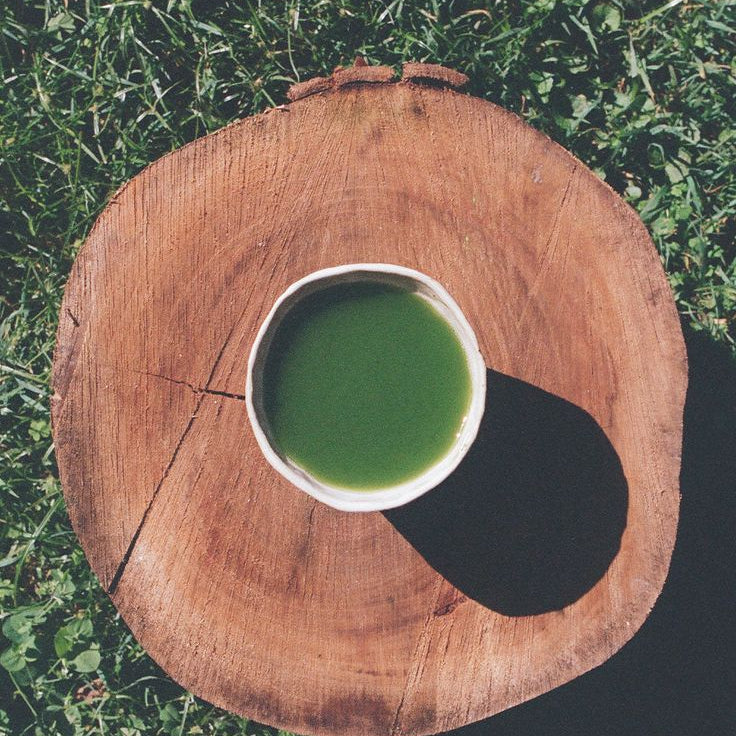


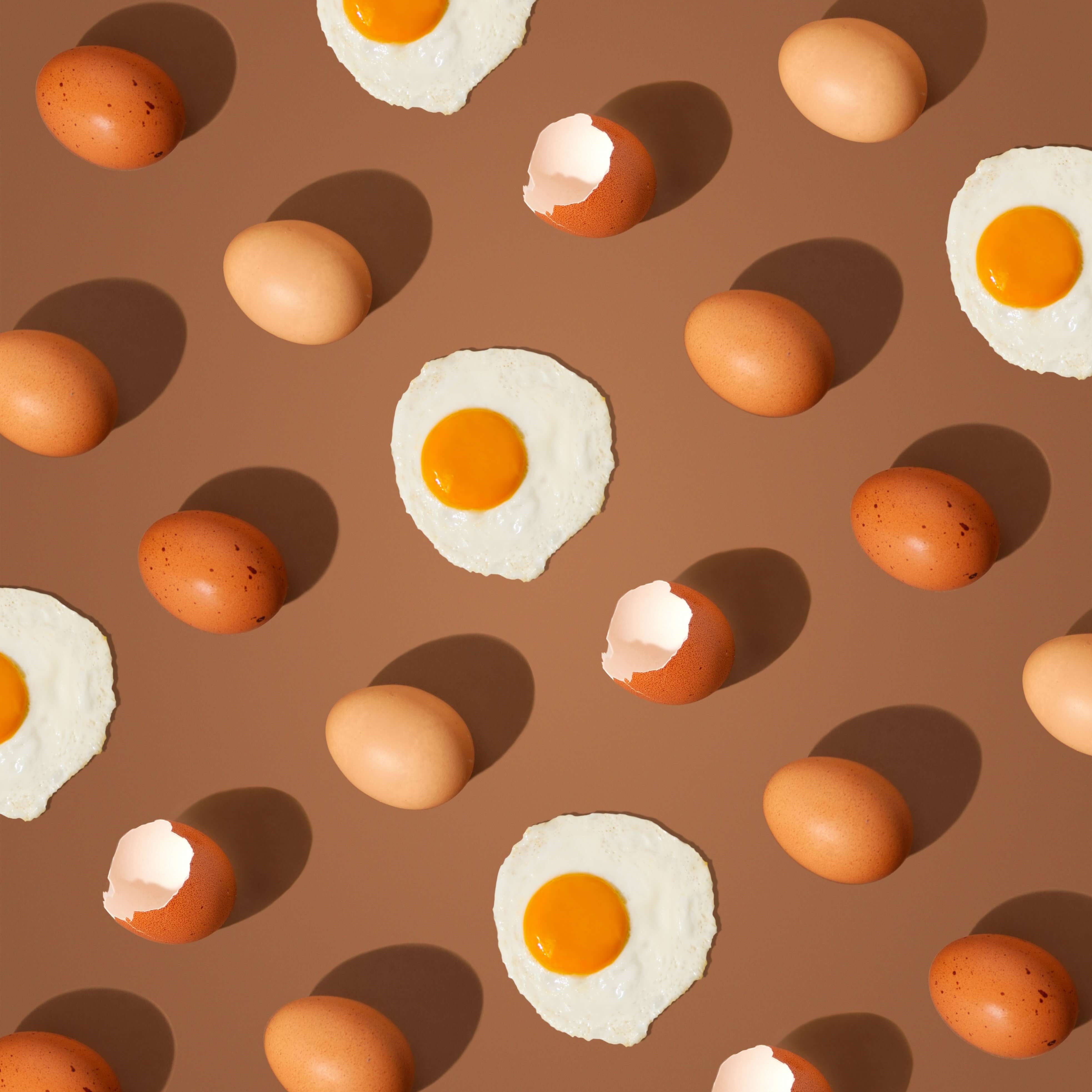

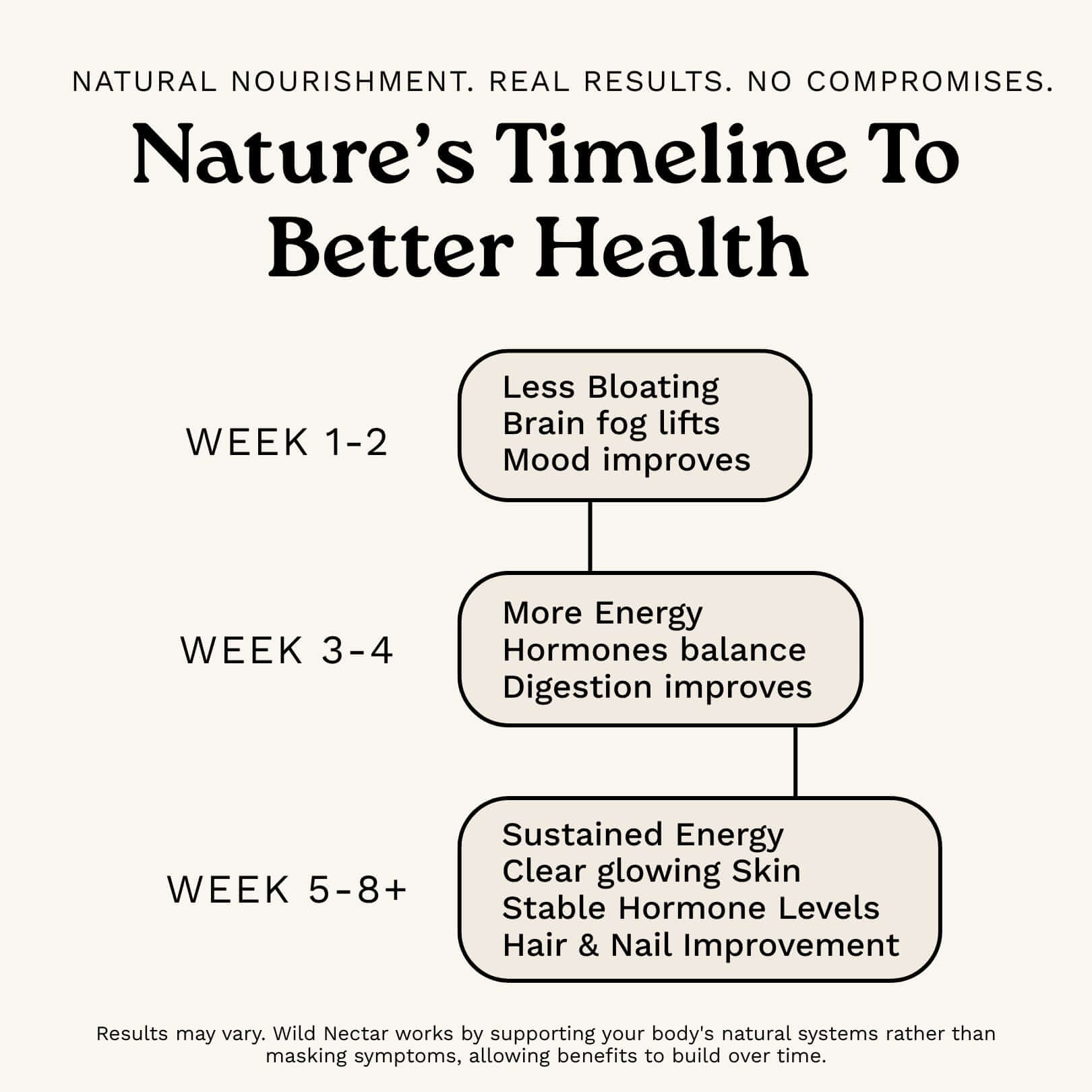
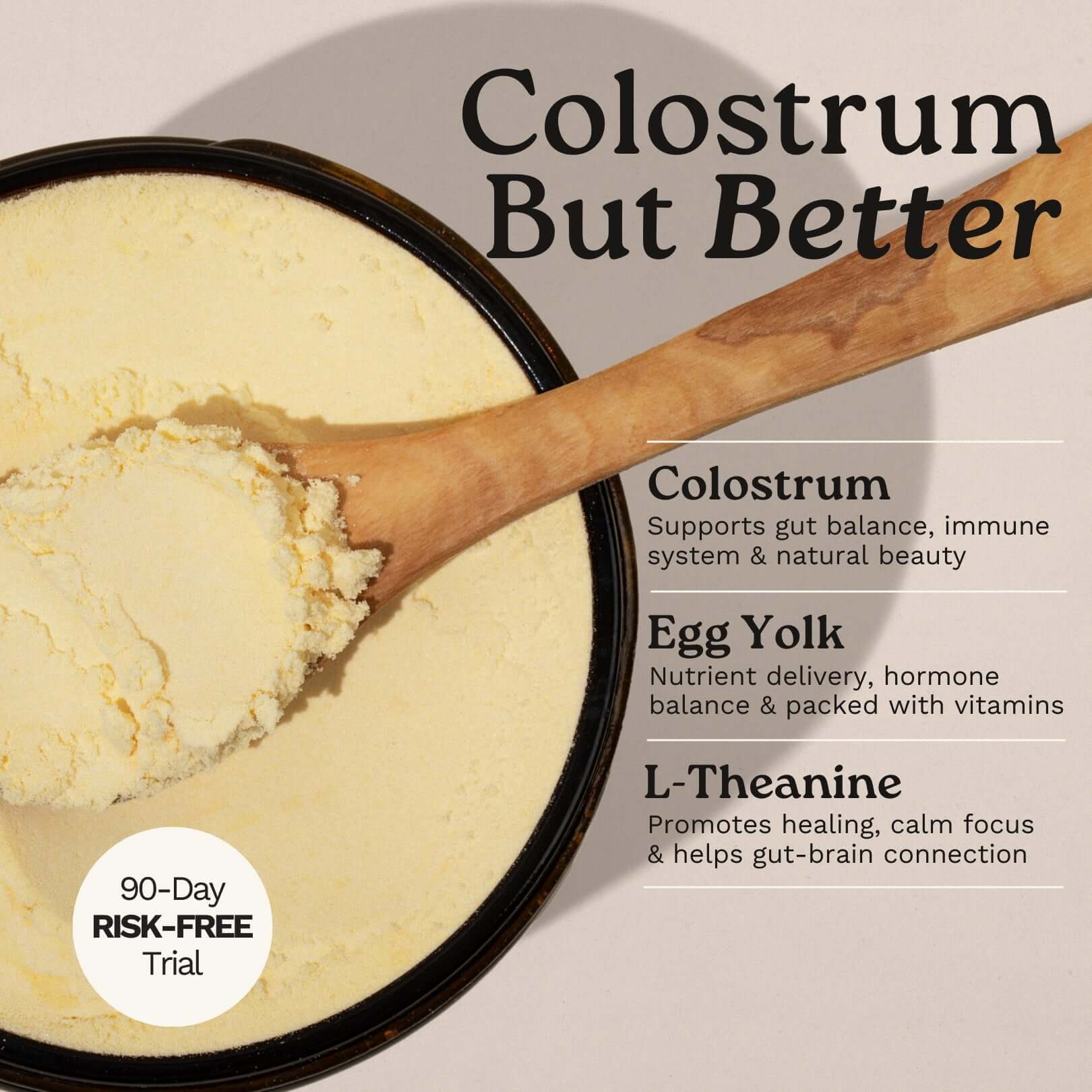
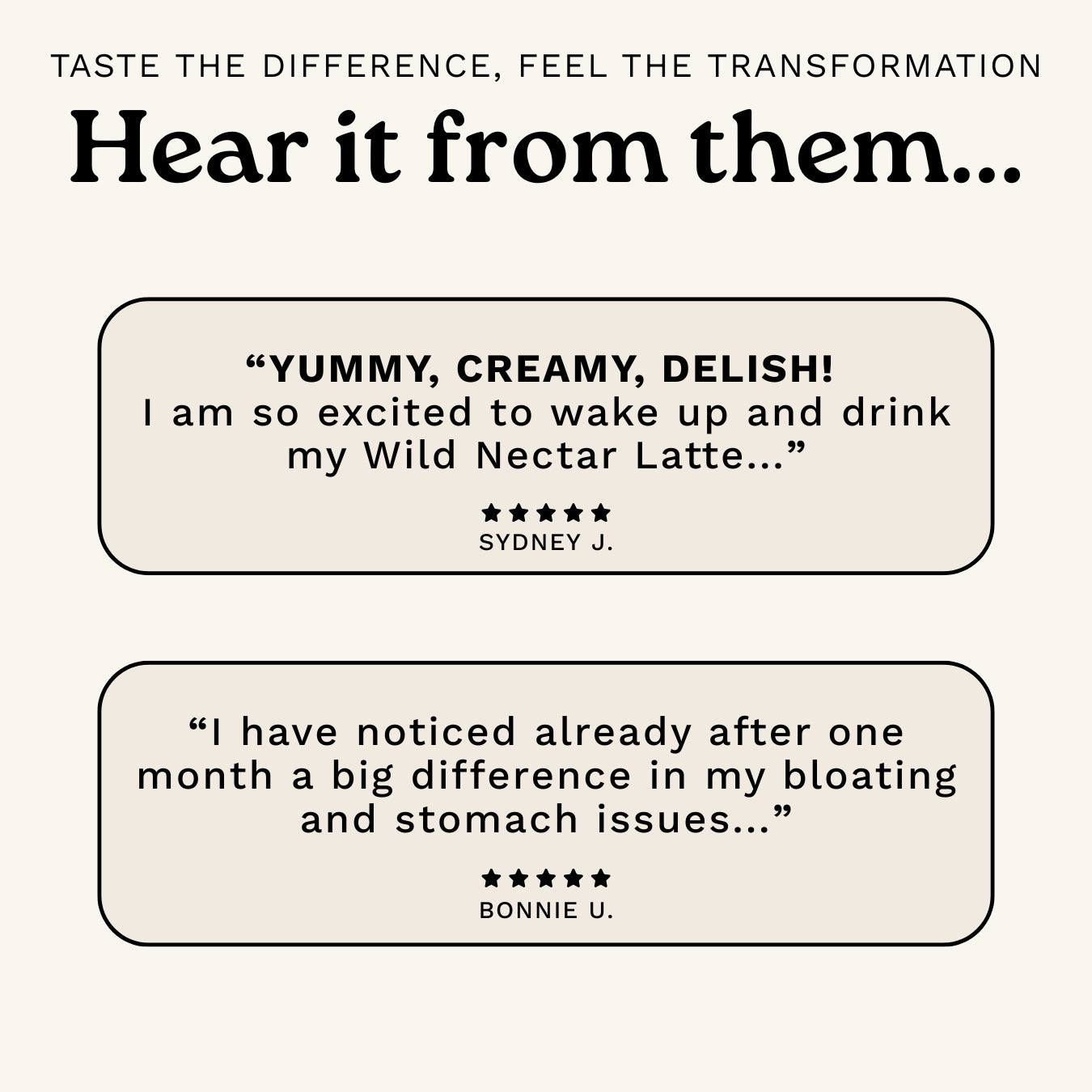


Leave a comment